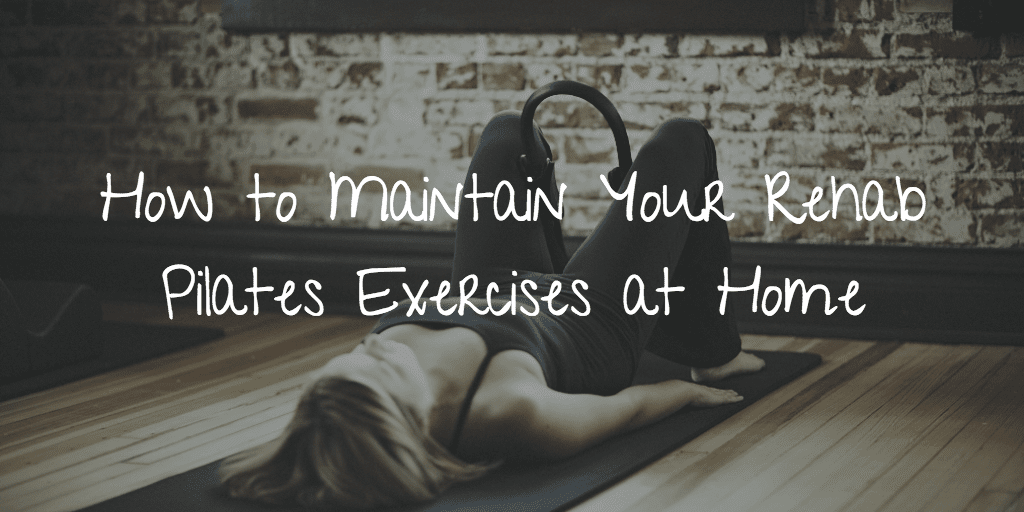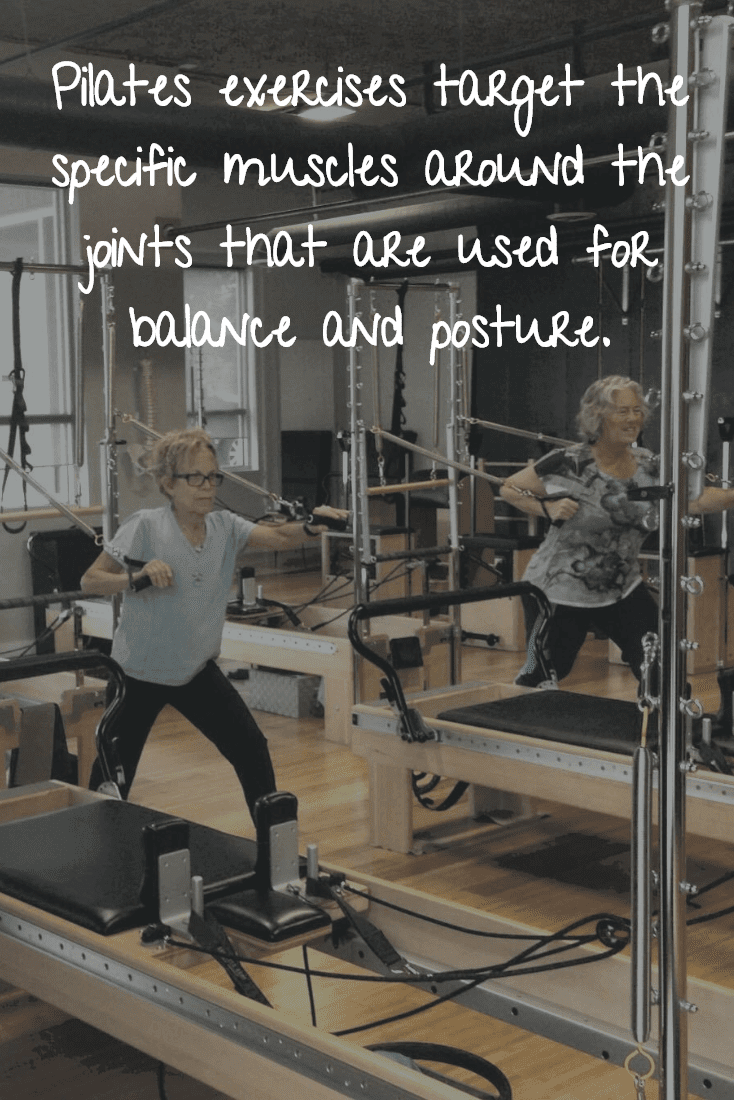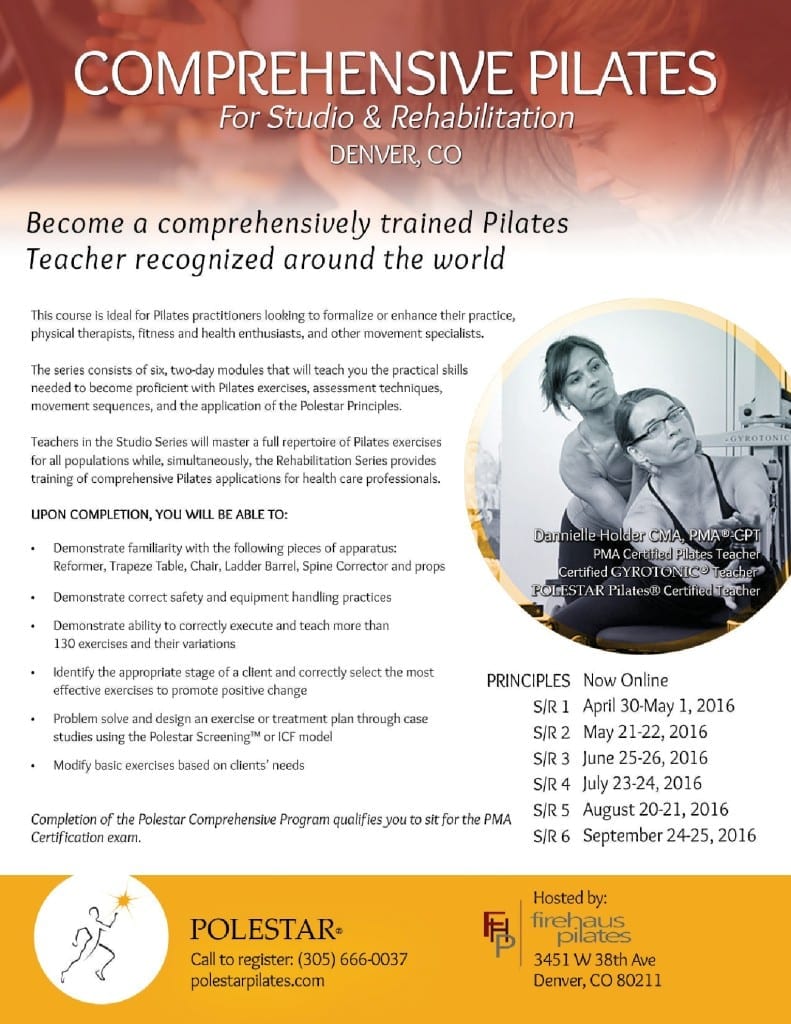Pilates is rooted in rehabilitation and was originally used by soldiers and dancers to help recover from injury. Today, thousands of people rely on the Pilates method to strengthen and tone the body to recover and also to avoid pain and injury.
While you may be comfortable in your instructor-supervised Pilates routine, you may feel intimidated to try some of your exercises at home. While it is safe to undertake certain Pilates exercises on your own, there are other ways in which you can enhance your rehabilitation outside of the studio.
1) Consider Your Core
As you’re aware, core strength is the center of all Pilates exercises. The midsection is an important part of the body that provides strength, stability, and also controls the spine’s position as your body moves.
To help with your rehabilitation, consciously consider and strengthen your core muscles while at home or going about everyday life. It can be a challenge to isolate this area and effectively activate these muscles, but practice helps with increased stamina.
Engage your core each time you walk or move. If you are lifting an item or doing laundry, actively think about and use your core by letting it do the work for you.
2) Be Mindful of Your Daily Posture
Like core strength training, posture can be improved through daily awareness and practice. Training your mind and body to identify both good and bad posture tendencies is the first start to embrace new habits that will help you stand taller and move with ease and grace.
As you walk and sit at home, be conscious of your posture habits. Execute each move with precise control and awareness. Don’t let your body rely on the muscles it has used for years to get a task done, engage the correct muscles to control how you will move and sit.
If your Pilates instructor regularly corrects some of your movements or posture, such as that you need to drop your shoulders or keep your weight spread evenly between your hips, remember these tips at home. These correctable patterns may be showing up regularly in your life, trying to sabotage your healthy posture habits!
3) Mats Matter
While your Pilates instructor or studio may be full of purpose-built equipment for your rehabilitation workout, you only need a few tools or impromptu supplies to make your at-home recovery easier.
Pilates was originally designed around exercising using a mat. Because this is a critical aspect of your workout routine, it’s essential that you get a proper mat to do any Pilates work at home.
The mat is different than a yoga mat. It should be thick (about a half inch minimum) and firm so that it cushions the spine properly. You can find Pilates mats at most sporting goods stores, online, or ask if your studio sells them. If you require support or props during any of your exercises, you can accommodate this by using a rolled up towel or inexpensive foam block.
Talk to your instructor about what are the best mat exercises you can do to advance recovery while staying safe. But don’t skimp on your mat to achieve optimal results!
4) Everyday Mindfulness
You may be aware of mindfulness and its benefits in mental health, but did you know that mindfulness is also part of the practice of Pilates? When exercising with your Pilates instructor, you may be practicing mindfulness as part of your training. Intentionally focusing on the moment of each movement in an exercise is mindfulness!
To aid in your rehabilitation, try to embrace mindfulness in your everyday life. While the mind wants to fill with thoughts, worries, reflections of the past, or projections into the future, take a moment to silence these thoughts by simply being aware on a moment-to-moment basis. Paying attention to what you are feeling will help daily life, but also enhance your Pilates practice.
Because the mind wants to fill itself with other thoughts, practicing mindfulness may be the hardest exercise you’ll ever do!
If you are undertaking a Pilates rehabilitation program, talk to your instructor about what exercises – and lifestyle changes – can enhance your recovery at home!



 Posture, alignment, and flexibility are key components to achieving and maintaining balance. Whether you suffer from bouts of dizziness, or sometimes just feel unsteady, the sensation can be frightening and the risk of falling or injury is increased. This, in turn, can really shake your confidence.
Posture, alignment, and flexibility are key components to achieving and maintaining balance. Whether you suffer from bouts of dizziness, or sometimes just feel unsteady, the sensation can be frightening and the risk of falling or injury is increased. This, in turn, can really shake your confidence.
 As proper form is essential in all sports and physical fitness, it’s even more crucial within Pilates. Having incorrect form will not only train your body incorrectly (leaving you sore and bent out of shape), but can also increase the chance of injury. Having solid form in your Pilates practice allows for a low risk full body workout that will leave your body in perfect balance. Keep an eye out for these four common mistakes in your Pilates practice and build your strength and resolve in Pilates once again:
As proper form is essential in all sports and physical fitness, it’s even more crucial within Pilates. Having incorrect form will not only train your body incorrectly (leaving you sore and bent out of shape), but can also increase the chance of injury. Having solid form in your Pilates practice allows for a low risk full body workout that will leave your body in perfect balance. Keep an eye out for these four common mistakes in your Pilates practice and build your strength and resolve in Pilates once again: 3. Forgetting to Keep Your Abs In
3. Forgetting to Keep Your Abs In KnotOut: A KnotOut is a cross between a foam roller and a ball as it connects two or more ball shapes together in a roller format to use primarily on your thighs, hips, glutes, hip flexers, and feet.
KnotOut: A KnotOut is a cross between a foam roller and a ball as it connects two or more ball shapes together in a roller format to use primarily on your thighs, hips, glutes, hip flexers, and feet.